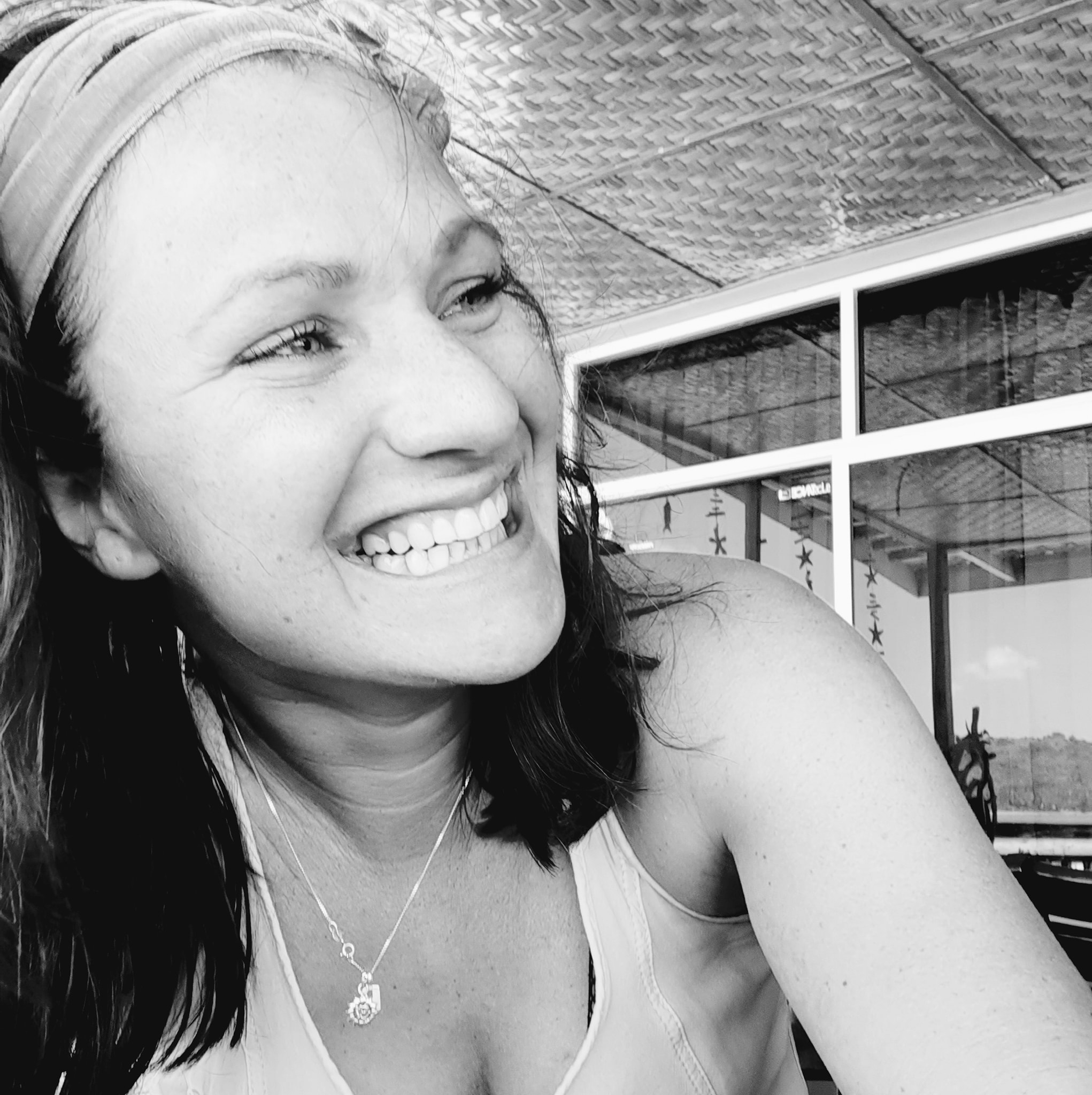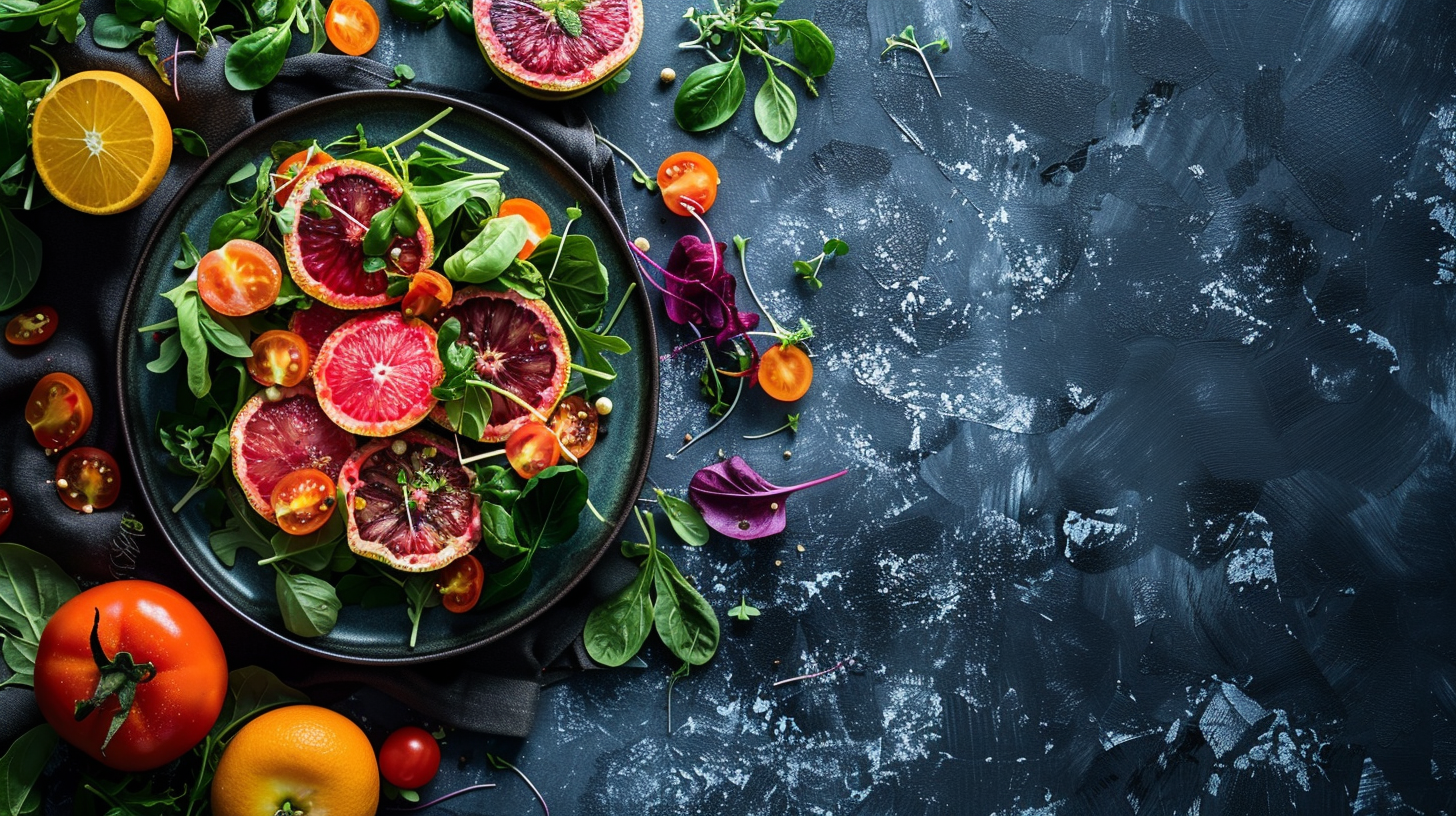Contents
Key points
• Managing Focus Depth: The setting for the aperture can really change how much of your photo is crystal clear. A big aperture, like f/2.8, makes the background blurry with only part of your dish sharp. But a smaller one, say f/8 or more, keeps everything from fore to back in good focus.
• Effect on Brightness: Aperture’s also about how bright your shot is because it changes how much light gets in. Open it up with a wide aperture and you’ll let in tons of light, so you get a well-lit pic even when it’s kinda dark around or if you’re lookin’ for a certain vibe.
• Cool Blurry Backgrounds: Crank that aperture wide open and you can blur out the backdrop. This gives your shots this slick look where the background’s all soft and glowy, which throws all eyes right on your yum-looking food.
Understanding Aperture

Aperture is the hole in a camera lens that lets light in to hit the film or sensor, similar to how our eye’s pupil works. It gets bigger or smaller to control light just like the eye adjusts for brightness. In food photography, aperture is key for setting how bright the image is and how much of your subject stays clear and in focus.
This setting shows up as f-numbers like f/1.4 or f/5.6. Here’s a quick rule: small f-numbers mean a big opening for light and a blurry background. This makes your food pop out by making distractions fuzzy. Big f-numbers create a small opening, which lets in less light, but keeps more things in sharp focus.
If you’re into taking pictures of food, getting the hang of aperture can make a big difference. It can turn an okay photo into a mouth-watering snapshot by highlighting textures and colors, and maybe even hiding a messy setting. When you adjust your aperture right, your viewers won’t miss the main star—the yummy food.
The Basics of Aperture in Food Photography

In food photography, your camera’s aperture setting is super important. It changes the depth of field, which means how much of your photo is in focus, and controls how bright or dark the photo is. These factors really shape the way your food pics look.
How Aperture Affects Focus
Aperture is key to getting the right focus in your photos. If you use a small aperture, which means a bigger f-stop number, pretty much everything in the photo will be sharp and clear. That’s great for pictures showing a bunch of food items. But if you go for a big aperture, with a smaller f-stop number, you’ll get a blurry background that makes part of your dish stand out. It draws the viewer’s eye right where you want it.
How Aperture Changes Brightness
A big aperture doesn’t just blur backgrounds—it also lets a lot of light into your camera. This can brighten up your photo, which is perfect when you’re shooting in dim light or if you want a photo that feels light and breezy. A small aperture does the opposite; it lets less light in and gives you a darker photo. This can give your pic a certain mood or make the textures pop more.
Getting good at using aperture isn’t just about technical stuff; it’s about crafting yummy-looking pics that almost tell the food’s story. Playing around with how you set the aperture can bring out details, textures, and colors in your food that might not be seen otherwise. It’s a must-have skill for making drool-worthy food photos.
Understanding Aperture in Food Photography

Aperture is a key piece of photography that changes how food photos look. It’s an opening in the lens that you can make bigger or smaller to let in more or less light onto the camera’s sensor. This is measured in something called f-stops; a small number means a big aperture and more light gets in, while a big number means a small aperture and less light. The choice of aperture not only makes your photo brighter or darker but also decides what’s going to be sharp and what’s going to be blurry in your picture.
The Impact of Aperture on Depth of Field and Focus
In food photography, using depth of field helps make a nice picture. A wide aperture (a small f-stop number) gives you a shallow depth of field, making everything but the focus spot blurry. This helps make the food the star by separating it from the background. On the other hand, a small aperture (a big f-stop number) gives you a deep field where most things in the picture are clear. This is good when you want to show off where the food comes from or the background story.
Lighting Considerations and Exposure Control
Aperture doesn’t just affect focus; it also controls exposure. In dim light, a wide aperture brings in more light to brighten the food. But if it’s really bright or you’re using extra lights, you might need to make the aperture smaller so your photo isn’t too bright. Sure, there are other ways to deal with exposure like shutter speed and ISO, but in food photography clarity is super important and you need to manage the light well for that.
Choosing the Right Aperture for Your Shots
Choosing an aperture is about what you want your photo to say and what it needs technically. Do you want to zoom in on a burger’s juicy details or capture a meal at a local farm? A big aperture can point out these specifics perfectly. But if you’re trying to fit in every part of a huge dinner, a smaller aperture will keep all those yummy details clear.
Trying out different f-stops lets photograpers get just the right feel for each dish and setting. Knowing how to use aperture can really make your food photos look better and feel more special.
Basically, aperture settings control how much light comes through your lens and onto your camera sensor. It’s kinda like a window where you can change the size to let more or less light through. These settings are called f-stops; it’s weird but lower numbers mean more light and bigger openings.
Explanation of Aperture Values (f-stops)
Let’s talk about f-stops. They tell you how big the aperture is. It’s quirky because small numbers like f/1.4 mean the aperture is wide open, but big numbers like f/16 are like tiny holes letting in light. And this isn’t straightforward; each full step up or down either cuts the light in half or doubles it as you switch numbers.
How Different Apertures Affect Images
Tinkering with apertures changes how your photos look. If you set it wide open (low f-stop numbers), that creates a narrow field that makes your dish stand out with everything else looking softer. But if you go high with your f-stop, suddenly every bit gets sharp, making both your food and its environment super clear.
Relationship Between Aperture, Shutter Speed, and ISO
In photography, there’s this thing called the exposure triangle – aperture, shutter speed, and ISO are all part of it. They have to work together to get your picture right. Shutter speed is about how long the camera’s eye stays open, and ISO is how sensitive it is to light. Say you’re keeping your aperture wide for that blurred background stuff; then you’ll probably want a shorter shutter speed or less ISO so your photo isn’t washed out. Get these three amigos working right, and you’ll have some great looking food shots!
Playing with Focus in Food Photography

Taking your food photos from okay to wow can come down to your choice of focus. You’ve got shallow or deep depth of field as your tools:
Shallow Depth of Field: This one’s great for making the texture or a particular part of your dish stand out. It kind of pulls the viewer into just that spot, making it pop against a blur in the back.
Deep Depth of Field: Now this is perfect for showing off a whole table full of goodies or telling a story with your picture. With everything crisp and clear, from front to back, you get the whole picture all at once.
Play around with your camera’s aperture to get creative with your shots. Keep these tips in mind and try out both kinds of focus to see what really makes your food pics sizzle.

About Author
Rachel Noël is a professional photographer and videographer from the UK with over 10+ years of experience. Rachel specializes in Underwater, Tavel & Portrait photography among other areas.
